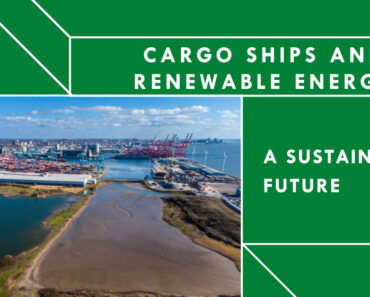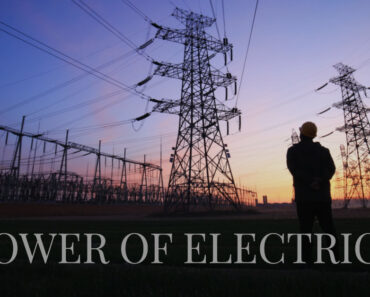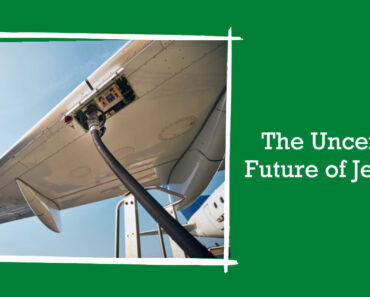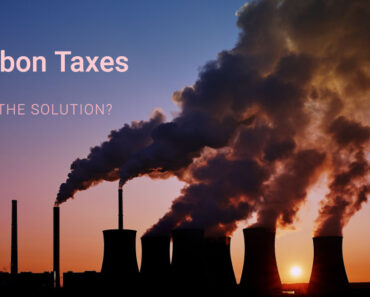Success began Saudi Arabia’s oil crisis. Over a century ago, Abdulaziz Bin Abdullah Rahman al-Saad eventually ruled virtually all of the Arab peninsula’s land after three decades of deadly, difficult victory over belligerence as minor as tribes and as huge as the Ottoman Empire. On September 23, 1932, he united his dominions into a single modern Arab state, the kingdom of Saudi Arabia.
Yet with newfound precarious calm across the peninsula, Abdulaziz started efforts to prove a long-held hunch he felt without evidence that Saudi Arabia must have oil. Oil usually covered this. businesses as the starry-eyed fancies of a desperate monarch in a hostile land, but he was, of course, correct. In 1932, neighboring Bahrain struck oil, and on March 3, 1938, Standard Oil of California struck oil at Saudi Arabia’s Daman Number 7 drill site. Profitable oil exploration followed. up by additional exploration, which was fruitful, and as other wells studded the Arab peninsula, success compounded. This bearing was dusty.
It had the world’s greatest oil field, making Abdulaziz affluent. In a decade, Abdul aziz went from leading some lowly nomadic tribes in an uncharted land to striking diplomatic deals with the president of the United States. Over the next decades, power was passed from Abdul aziz to his son, then to another son, and so on, in an era of unprecedented success. The people had little reason to push. Relying on a now-antiquated style of administration, a social compact emerged: the people would support the monarchy politically provided it sustained them financially.
infrastructure subsidies and handouts housing the monarchy provided all Saudi Arabia’s fortunes only improved as the start of the 21st century ushered in a historical rise in oil prices, the country’s GDP nearly tripled in eight years, Riyadh was inundated by high-end hotels, foreign faces, and international consulting firms, the money and fortune seemed endless, effortless until of course it ended Crude oil traded at an all-time high of 147.26 in July 2008.
When the globe sank into its biggest financial crisis since the Great Depression, oil prices progressively fell to dollars a barrel and nearly four-fold decline in half a year, but Saudi Arabia was unexpectedly unaffected. Since the government had acquired large financial reserves over decades of prosperity and oil prices immediately started ticking up again, finishing 2009 at approximately 80 dollars a barrel level the kingdom could live with, but then it occurred again in summer 2014. Prices plummeted to 33 a barrel in January. From 2016 and 2020, prices averaged 51.20 due to global oversupply.
The difficulty was that this statistic was over the same period as the breakeven oil price, the average price at which the country’s oil sector makes a profit. 85 cents. Saudi oil companies might profit. that meant less profit opportunities. were fewer wells whose operating costs were low enough to enable profitable operations with an oil sector representing close to half the GDP in Saudi Arabia had to dip into its financial reserves, which began a precipitous decline in a country defined by its social compact and financial support by the monarchy in exchange for political support by the people Seismic changes occurred starting on January 1st, 2018 for the first time The Saudi people were a nation defined by its value-added tax makes managing an oil-dependent economy easier. We know a day will come. peak oil. Demand decreases, supply limits, or a combination of both will affect global oil output, experts say.
Most analysts in the 1970s predicted output would level off by 2000 before declining. nonetheless, signs are stronger. output fell between 2018 and 2019. slightly This wasn’t the first year-to-year production drop in the 2000s, but both 2002 and 2009 can be directly attributed to major external crisis 911 and the great recession in 2019 production dropped simply because of market factors Of course, in 2020, another external crisis occurred, which led to the steepest year-to-year decline in recent history, but the pandemic might lead to structural long-term changes such as less driving with more people Shell, the world’s largest oil company, believes peak oil happened in 2019.
Saudi Arabia suffers. although maybe less disastrous than One might assume at least in the long term Situated on some of the world’s most accessible oil fuels, Saudi wells enjoy some of the world’s cheapest production costs, so they won’t be the first to go down if demand decreases. Oil-based economies will be difficult to sustain in the future. Looking at the crude oil price graph from 1983, the period before 2005 differs from that following. It’s the swings that count. Oil prices have never been as unpredictable, with monthly four-fold surges or dips. Running an economy on a volatile commodity is tough and anticipated.
Running an economy on oil in the 21st century is a bad concept. Saudis know. 36 of Abdulaziz’s 45 sons survived. to adulthood, and six ascended to the throne upon the death of his half-brother in 2015, King Salman bin Abdulaziz became the latest to rule the kingdom, already aged 79 and with brothers only marginally younger than the Salman would be the last of his generation to rule, so Muhammad bin Naif, a grandson of the king Abdulaziz, was appointed crown prince.
Muhammad bin Salman would be deputy crown prince. Two years later, Muhammad bin Naif was called to the Mecca Safa Palace soon before midnight on June 20th. for a meeting with the king, but he was dragged into another chamber, held hostage, and told by royal court officials to give up his claim to the throne.
Mohammad Bin Naif resigned after hours of confinement. The deputy crown prince and son of the King Mohammed bin Salman was now next in line for the throne over the years prior.
The 31-year-old had quietly worked to amass power in the background and increasingly became the face of the Saudi royal family. Reports indicate that he orchestrated the former crown prince’s ousting, which is not a stretch to believe. He has gained so much influence over his father’s decision making that he is now consi According to this plan, transforming saudi arabia into a sustainable nation involved three main goals: improve the government, economy, and society.
The first pillar, government, was the broadest, ranging from decreasing corruption to stripping down bureaucracy to moving government services online. The most dramatic manifestation of this mission occurred mere months after mbs’s promotion to crown prince when some 500 government Today over the past four financial quarters that number stands at 42.7 a crucial aspect of growing non-oil revenues involves attracting foreign direct investments they want an investor from singapore to open a hilton at the new six flags theme park foreign investment is key to kickstarting natural compounding private sector economic growth in 2016 foreign direct investment represented 3.8 of the country’s gdp at least according to the saudi government Today according to the world bank foreign direct investment represents only 0.57 of gdp the next indicator non-oil exports as a percentage of overall exports is perhaps the only glimmer of hope with a 2016 baseline of 16 and a goal of 50 by 2030 22.4 percent of the country’s exports are now non-oil products this is however well below the pace of growth needed to reach the goal finally the unemployment rate of saudi nationals stood at 11.6 in 2016 and despite the goal






